We recently connected with Sheila Crider and have shared our conversation below.
Sheila, thanks for taking the time to share your stories with us today What’s been the most meaningful project you’ve worked on?
My most meaningful project is the word I coined, BLACKSTRACTION, and the work I’m doing to make it part of the fine art lexicon.
Blackstraction is defined as a way of working in studio that I can trace back to the 1950’s. It refers to the objectification of painting and drawing from two dimensional works into three dimensional works which may be scuptural, ie viewed from all sides or in relief. It considers depth part of the picture plane. Working this way became a focus for artists around the same time as minimalism. It was largely ignored by critics at the time because they believed Black artists’ work inferior to that of their white male counterparts.
When people first hear the word, they think it means abstraction by Black artists like PostBlack refers to Black artists. It actually references a particular way of making abstract work that is not limited to Black artists although Black artists are largely responsible for its development.
I coined the term to honor the work of artists like Sam Gilliam, Jack Whitten, Howardena Pindell and other non-white pioneers who advance the language of abstraction and exert an undeniable influence on artists that follow without being recognized as important figures in the canon of western art. Blackstraction establishes that contribution in a way that cannot be ignored.
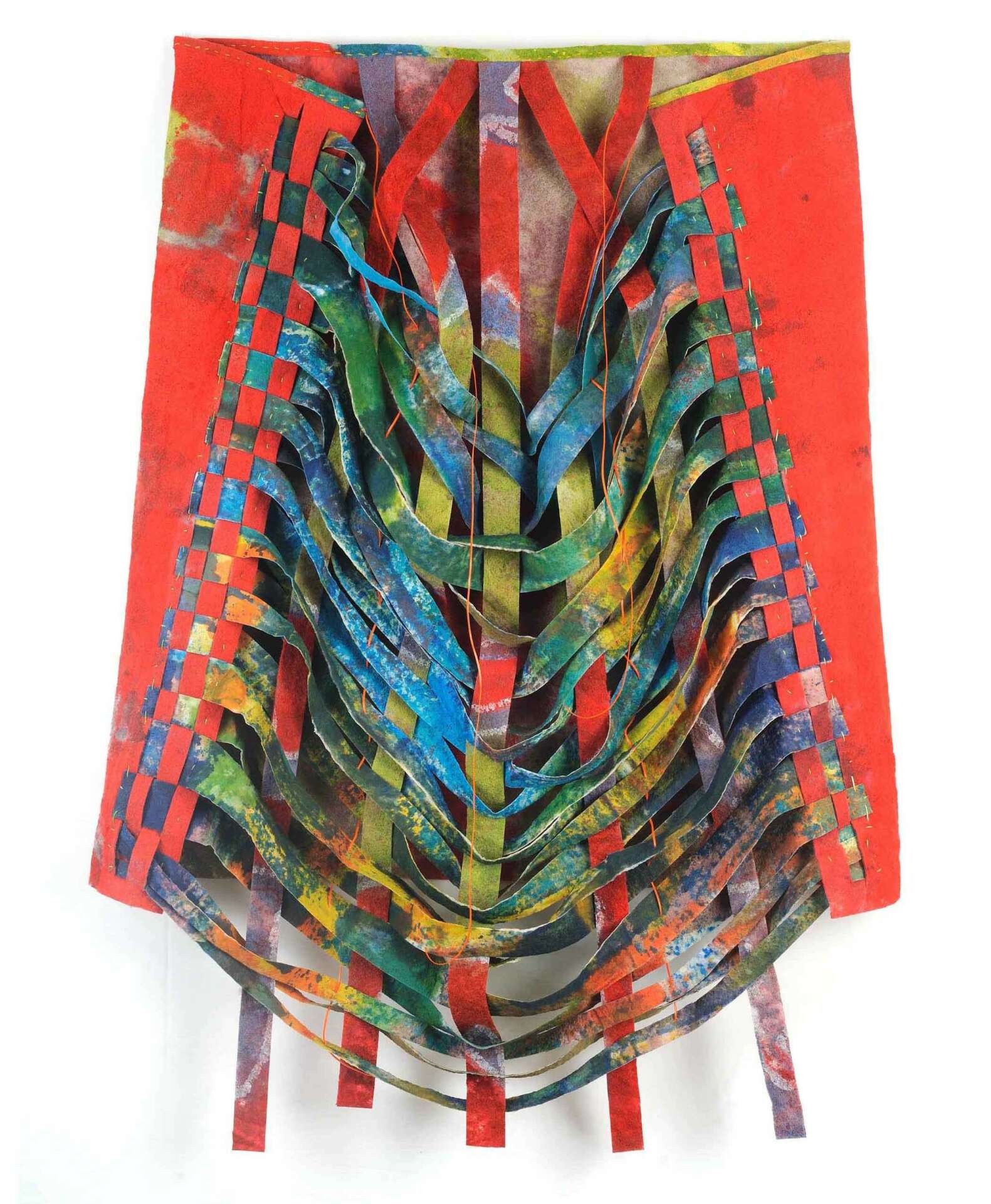
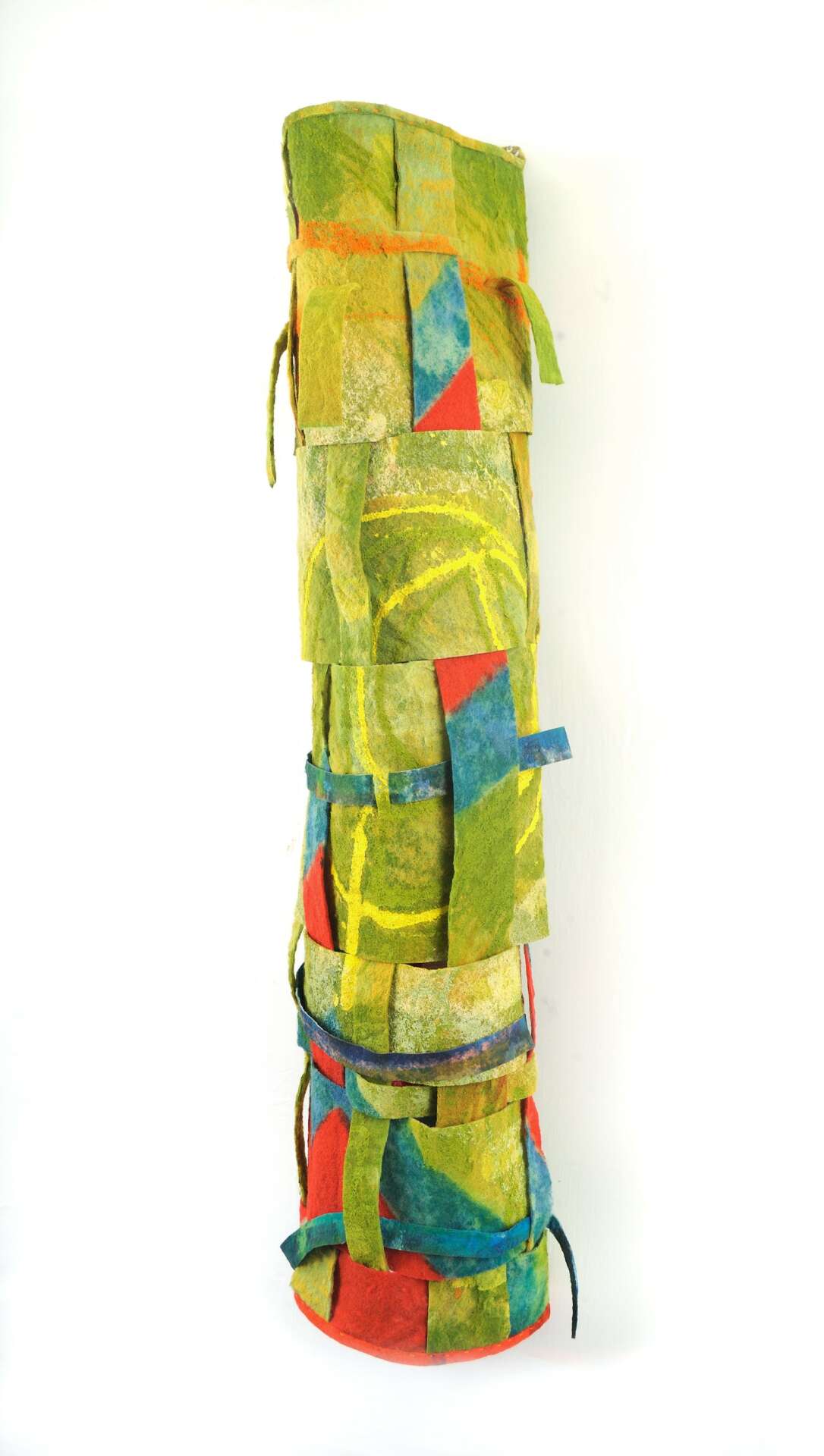
Great, appreciate you sharing that with us. Before we ask you to share more of your insights, can you take a moment to introduce yourself and how you got to where you are today to our readers.
I am a self-taught artist now based in Baltimore, Maryland after living and working in Washington, D. C. for most of my life. My work as a visual artist began with The Original Response– envelopes and writing paper that I made using watercolor to dye rag and Japanese papers to study color. I sold the stationery at art fairs and craft markets.
My art career began with creative writing and developed into visual art when I started experimenting with the idea that abstract art has a knowable and communicable vocabulary, a conclusion I came to researching the notion of language as art then art as language when I lived in Bordeaux, France from 1985 – 1990. I began this research as a poet working as an artists’ model at the Corcoran School of Art in the early 80s. I learned a lot about materials from the model’s podium by observing how the students worked and what effects they were able to acheive from the different media. I used this knowledge acquired from the podium to expand my drawing and painting skills in France.
When I returned from Europe in 1991, I had a traditional office job in customer service. I left that job in 1994 to pursue a career in art. I began by selling The Original Response at the world-famous Eastern Market on Sundays. My products grew to include books, fans, parasols, collages and wall hangings, all made from the hand-dyed papers I was using to make stationery. With encouragement from clients at the Market, I began applying for fine art exhibitions and commissions through open calls eventually receiving my first public art award in 2009.
My work continues to be propelled by public opportunities and I am still encouraged and supported by the art lovers I meet doing exhibitions and art fairs. They are the foundation of my practice.
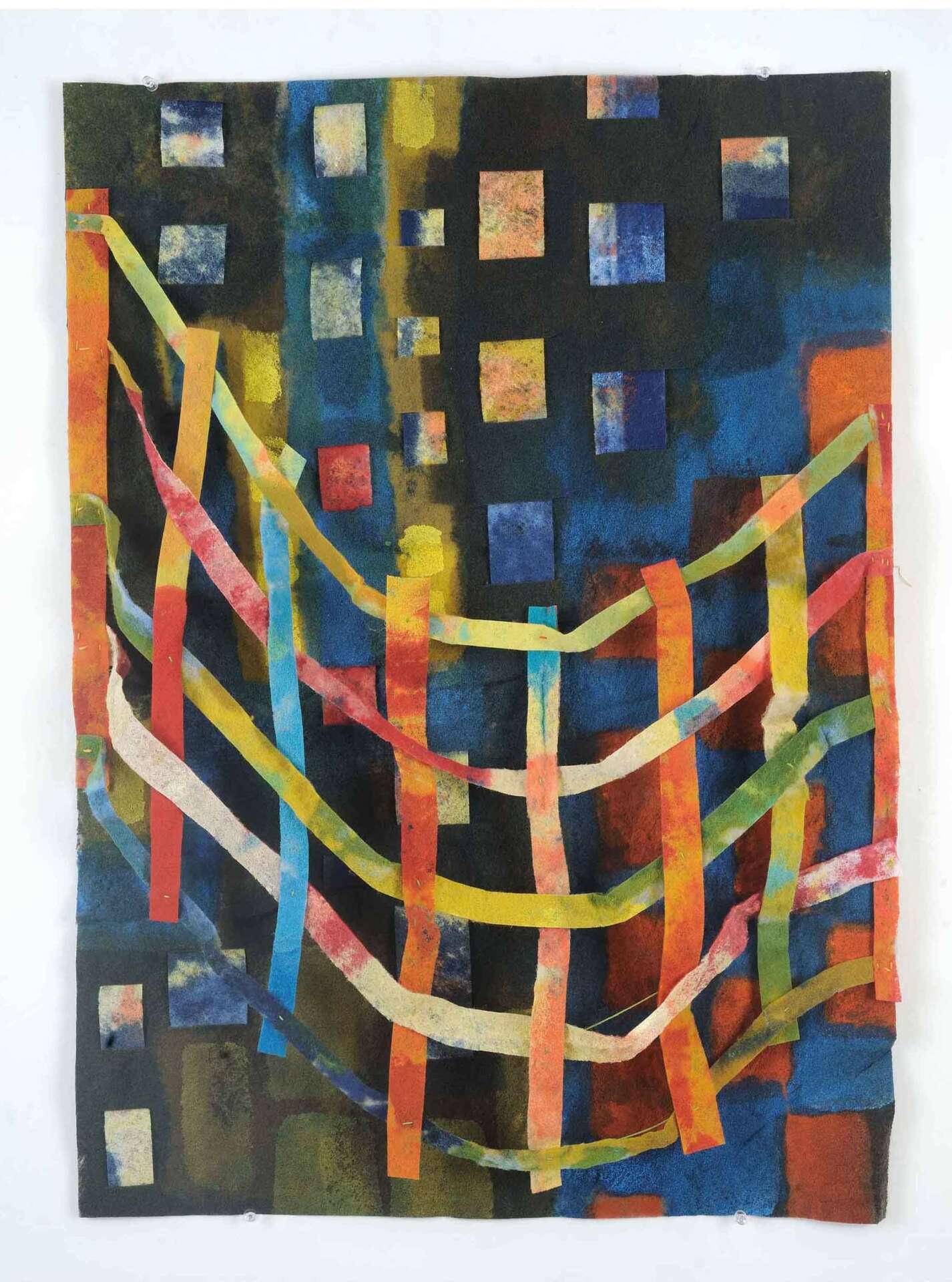
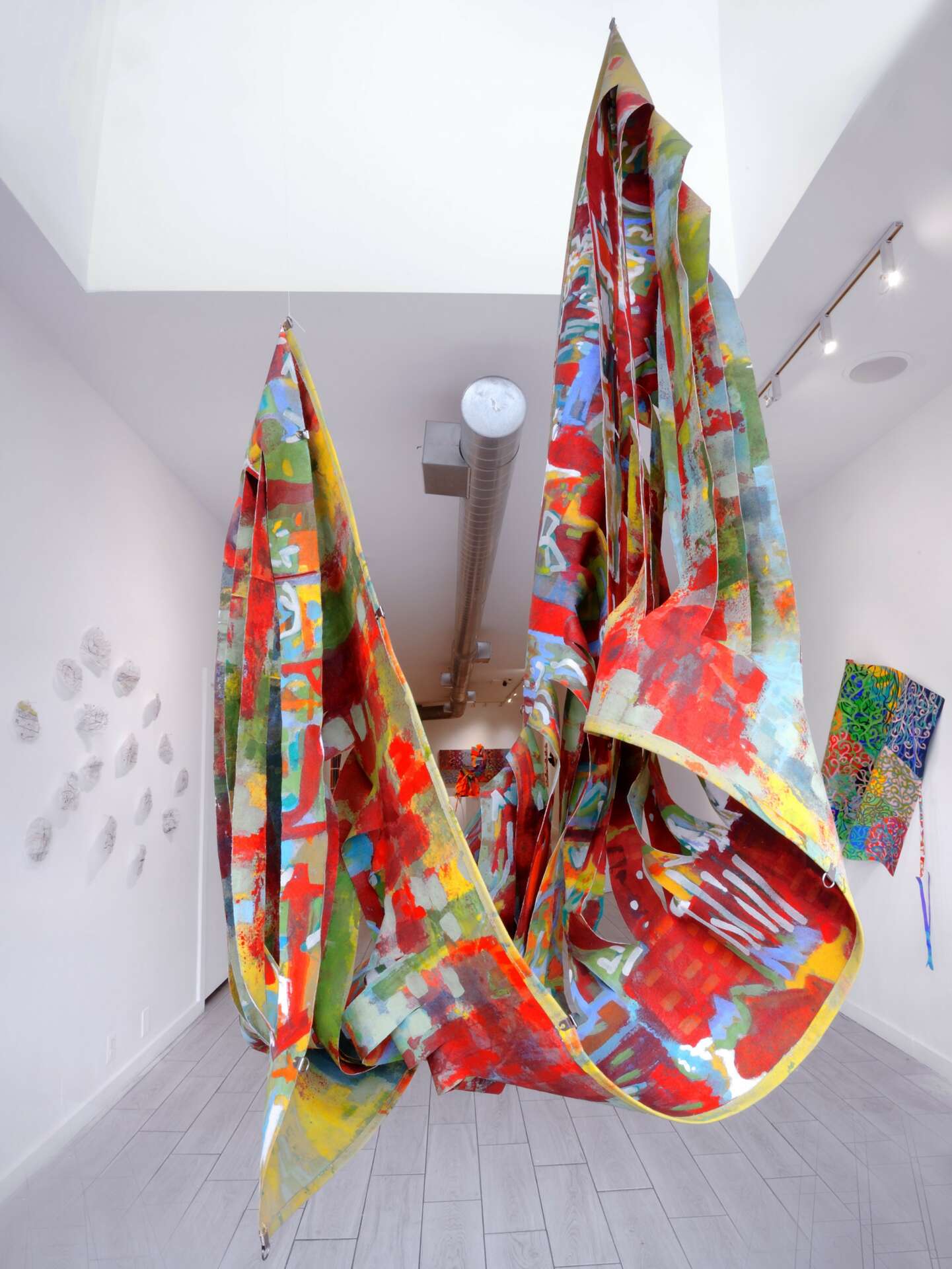
Can you tell us about a time you’ve had to pivot?
Like so many others during the initial stages of the pandemic, I had to regroup.
September 2020 would make 20 years since I coined the term blackstraction. I had started planning a big event to celebrate that would include performing the original speech presented in 2000 at Parish Gallery Georgetown. With pandemic restrictions firmly in place, I decided to host a Facebook event from my studio which became a series of lectures detailing how the term came to be and outlined the research supporting my findings within the western art canon.
This turns out to have been a very good thing because it led to my blog being included in the Internet Archives upon the recommendation of a group of art librarians.

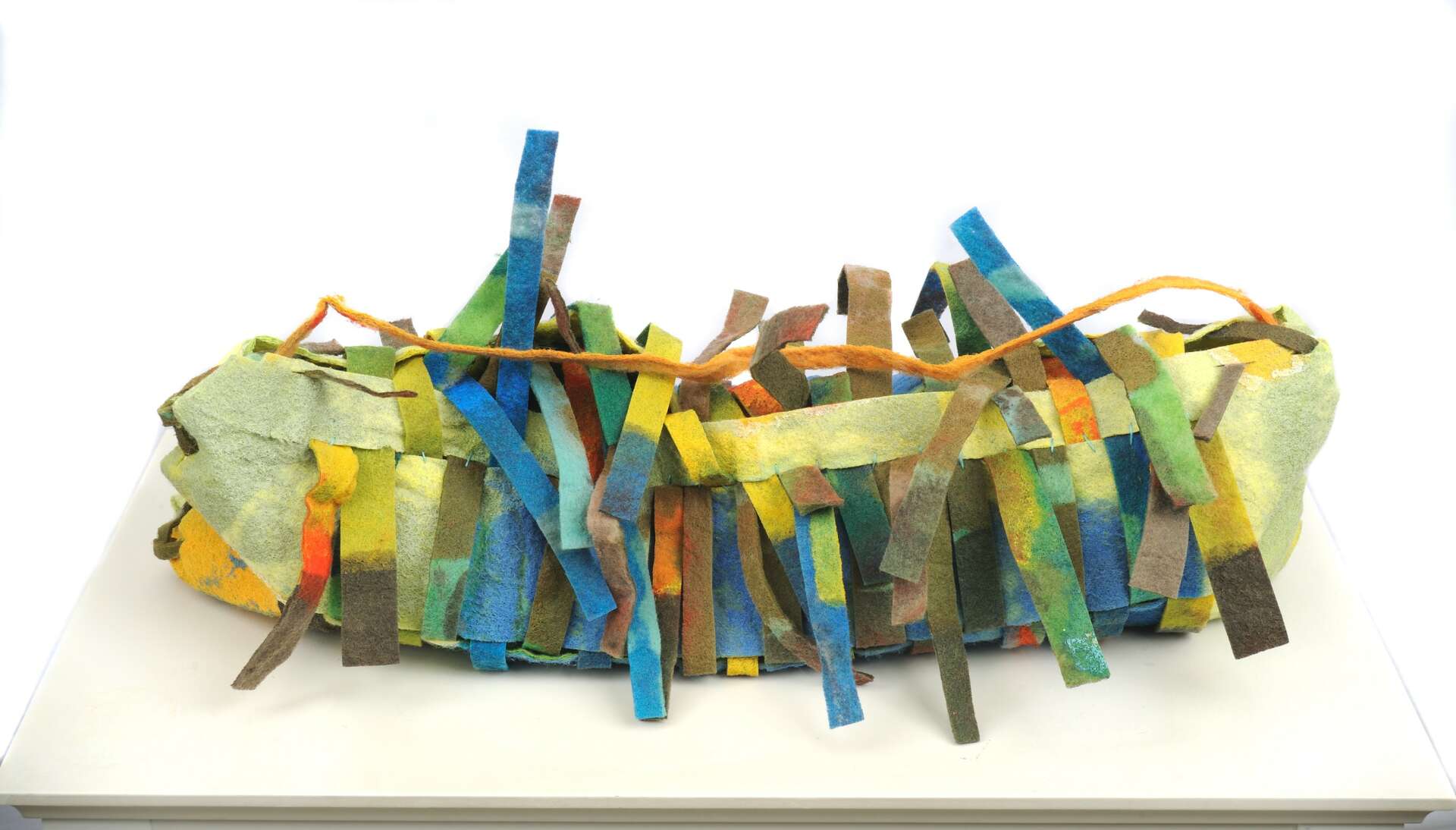
How can we best help foster a strong, supportive environment for artists and creatives?
In this age of Instagram fame, many believe they can be artists. Few outside the field are cognizant of the initiative, planning, effort and stamina professional artists exert to realize an exhibition or performance. The truth is lots of people CAN make paintings or make sculpture but not many have a vision of the world that increases our understanding of who we are as a society or the wherewithal to share that vision in a way that will be meaningful for future generations.
I would like for society to recognize that while it is something they enjoy as leisure activity, for the creators, the arts are not a pastime pursuit but a highly skilled JOB and that the execution of that JOB happens the same as going into an office and working 9 to 5.
I would like for society to recognize that artists working in the high end art market they read about are the exception and that buying the affordable work of local professional artists in their communities is fundamental to ensure the evolution and survival of art and culture outside the mega-gallery world.
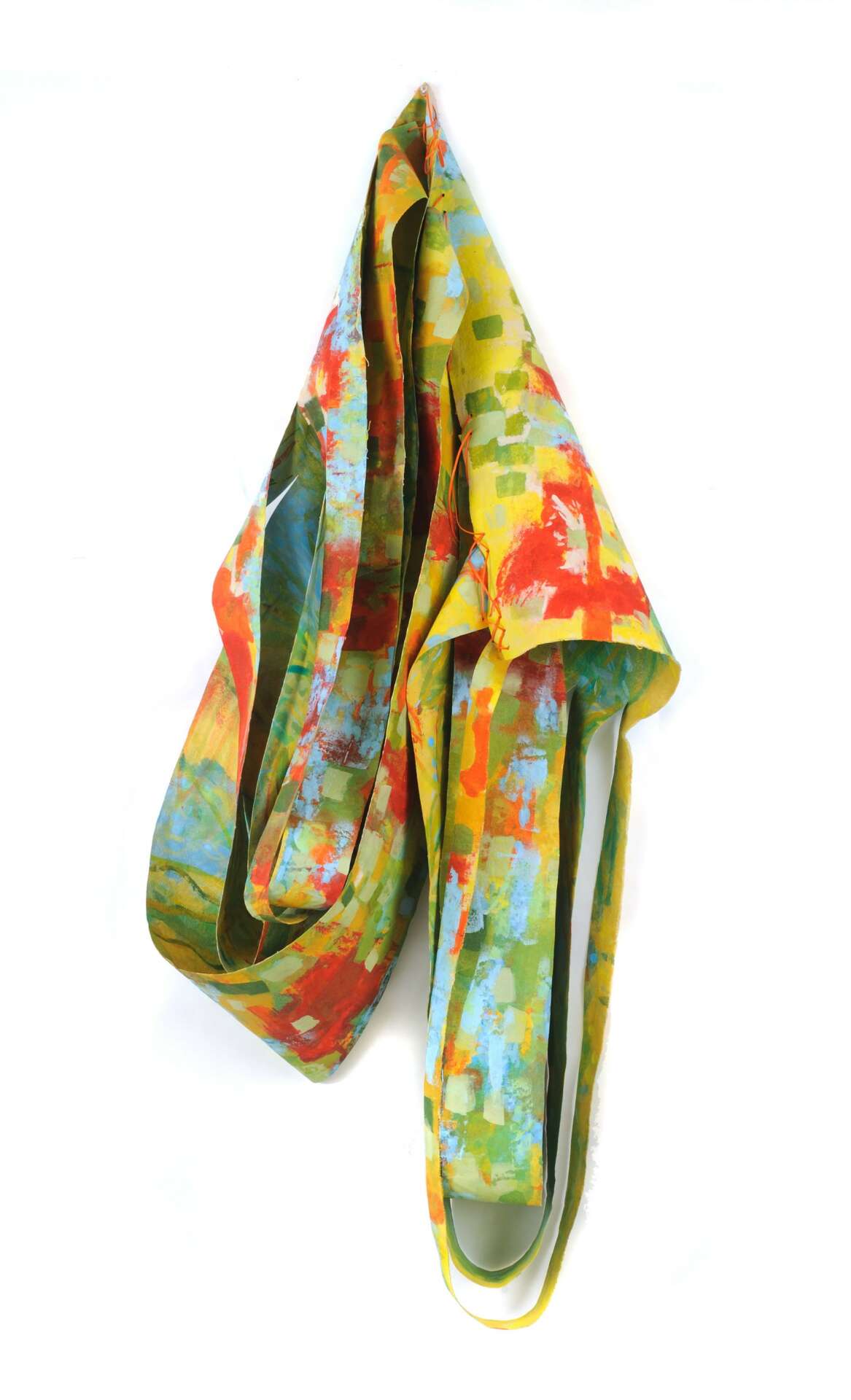

Contact Info:
- Website: OutTheCube.blogspot.com
- Instagram: @SheilaCriderArtist
- Facebook: sheila.crider.23
- Linkedin: Sheila A. Crider
- Twitter: @SheilaCriderArt
Image Credits
portrait by Dora Carroll artwork images by Greg Staley studio lecture image by Denaise Seals


